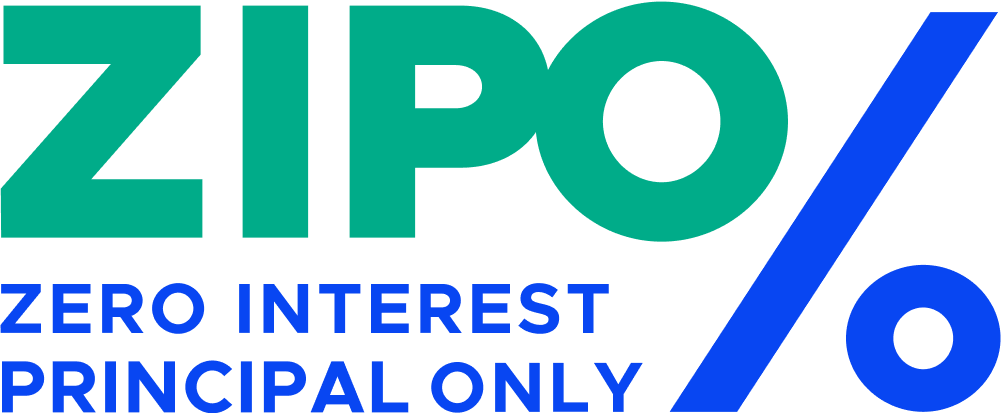NEWS
Putting Student Loan Forgiveness into Perspective. How Costly is it and Who Benefits?
President Biden’s new student loan forgiveness plan is making waves this month, and the release of his program to reduce the cost of student loans for borrowers has mostly been met with great fanfare. While people tend to have varying views regarding what needs to be done to reduce the high debt balances that borrowers carry, how much forgiveness should occur is still widely debated. Now that there’s a plan in place, it’s worth taking a look at how much it costs the federal government along with how many people can expect to see benefits.
What Are the Estimated Costs of Biden’s Plan?
There are three major components that affect the costs of Biden’s plan. First, the debt cancellation alone should cost up to around $519 billion. Second, the loan forbearance portion of the plan is expected to cost around $16 billion. Finally, the new income-driven repayment plan should cost around $70 billion.
This brings the total cost of the new plan to around $605 billion Keep in mind that these are only the costs that we can foresee right now. If new details regarding the income-driven repayment plan emerge or other factors change, then the cost could increase. Compared to a total loan forgiveness plan that could cost more than a trillion dollars, the current option reduces the burden on taxpayers but still leaves many without any relief.
Which Borrowers Are Eligible for Loan Forgiveness Now?
The new plan designates eligibility based on the borrower’s individual or family income. Individual borrowers who earn less than $125,000 a year can receive $10,000 in loan forgiveness while families who make below $250,000 a year can receive $20,000 in forgiveness. Pell Grant recipients who fall within the lower tier will receive $20,000 in forgiveness as well.
The concept behind the plan is to offer forgiveness to lower-income borrowers. While there is nothing wrong with helping those who need it the most, it still leaves higher-income earners to deal with staggering amounts of debt.
Who Else Benefits From Easing the Burden of Educational Costs?
Offering loan forgiveness helps to relieve financial burdens on people who help to support our economy. Business owners and others in the community receive benefits from having people’s income freed up to spend on their needs. For some borrowers, having this additional money available could help them buy their first home and move forward with other life changes that all help to stimulate the nation’s economy.
How Can We Plan to Make College Affordable In the Future?
The new debt forgiveness plan is undoubtedly a major move in the right direction for easing the financial strain of obtaining an education for many Americans. But, it still only addresses the debt that students carried from previous years. There’s still much work that needs to be done to prevent this from ever happening again. Future students are depending upon us to make decisions that will impact them for decades to come. Let’s make zero-interest student loans happen so that our younger generations can achieve greater prosperity.
